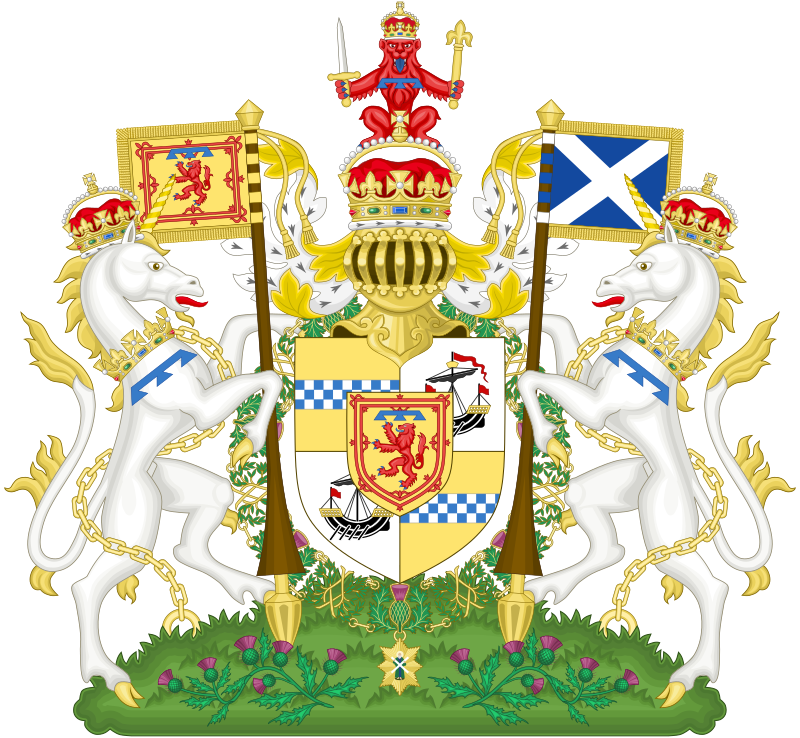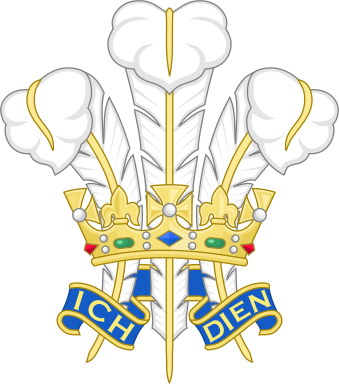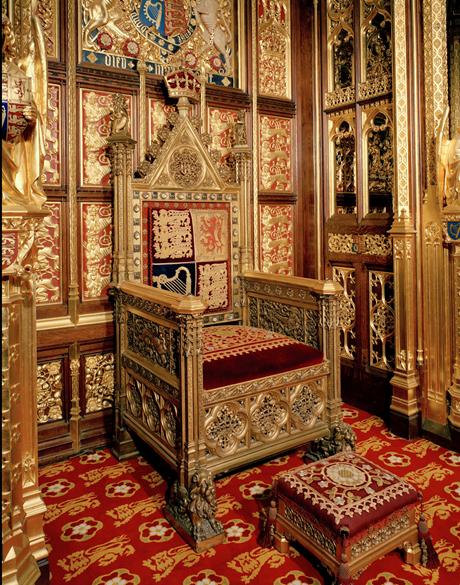by Susan Flantzer
© Unofficial Royalty 2017
- Read more about what happens When the British Monarch Dies.
British news networks including the BBC and ITN practice how they will broadcast a monarch’s death. It is likely that news of the monarch’s death will be broadcast immediately. However, if the death occurs overnight, the announcement could be delayed until early the following morning. BBC newscasters have dark clothing on standby in which to announce the death of a senior member of the Royal Family so the faux pas that occurred on the BBC when Queen Elizabeth The Queen Mother‘s death was announced by a newscaster wearing a gray suit and a red tie does not happen again. The BBC will suspend all planned programming and provide detailed coverage of the news regarding the death. It is likely that in the United States cable news networks will carry extensive coverage. Through the Internet and social media, the news will quickly travel throughout the world.
In the United Kingdom, upon the death of the monarch, there is an immediate transference of power. The heir to the throne becomes the new monarch immediately upon his/her predecessor’s death. The line of succession is determined by several Acts of Parliament: The Bill of Rights 1689, The Act of Settlement 1701, and The Succession to The Crown Act 2013, which amended the two previous Acts. The Succession to The Crown Act 2013 formally went into effect on March 26, 2015. The Act put into place absolute primogeniture which means the eldest child born becomes the heir to his or her parent, regardless of gender. This is retroactive to those born after October 28, 2011. Another change affects those in the line of succession who marry a Roman Catholic. Under the previous rules, a person who married a Roman Catholic lost rights to succession. However, under the terms of the 2013 Act, this is no longer the case. Marriage to a Roman Catholic no longer excludes anyone. This change was retroactive and those who were removed due to their marriages were reinstated to the line of succession.

Arms of the Duchy of Cornwall; Credit – Wikipedia
Two titles are automatically bestowed in certain circumstances: Duke of Cornwall and Duke of Rothesay, and their subsidiary titles. The Duchy of Cornwall was the first duchy created in England and was established by royal charter in 1337. An additional charter was issued in 1421 and is still intact. Those charters dictate that only the eldest living son of the monarch who is also the heir-apparent can be the Duke of Cornwall.

Coat of Arms of the Duke of Rothesay; Credit – Wikipedia
The Duke of Rothesay was traditionally the title of the heir-apparent to the Scottish throne. The title was created in 1398 and thereafter the heir-apparent to the Scottish Crown was the Duke of Rothesay. An Act of the Parliament of Scotland passed in 1469 stated that only the eldest living son of the monarch who is the heir-apparent can be the Duke of Rothesay. Since 1603, when King James VI of Scotland inherited the English throne as King James I after the death of Queen Elizabeth I, the English/British monarchs’ eldest living sons and heirs apparent automatically became the Duke of Rothesay.
With the Succession to The Crown Act 2013 changing the type of succession to absolute primogeniture in which the eldest child born becomes the heir to his or her parent, regardless of gender, there are some issues with the Duke of Cornwall and Duke of Rothesay titles. The original stipulations, that the titles can go to the eldest living son and heir-apparent are still in effect. Therefore, as the situation is as of now, there can be a female heir-apparent, but she cannot be Duchess of Cornwall or Duchess of Rothesay. There appears to have been some sort of groundwork laid for change should there be a female heir apparent in the future. The holdings of the Duchy of Cornwall provide an income for the heir apparent. As part of the Sovereign Grant Act 2011, the way in which income from the Duchy of Cornwall is distributed was changed. Previously, the income could only be distributed to someone holding the title of Duke of Cornwall. Now, the income can be distributed to the heir-apparent, regardless of the title. The Sovereign Grant Act 2011 stipulates that if the heir is a minor, 10% of the income will be distributed to the heir and the balance will be distributed to the Crown until the heir is 18 years old.

The Prince of Wales’s Feathers; Credit – Wikipedia
The Prince of Wales is a title that traditionally has been given to the heir apparent to the English and British throne. The heir apparent is the person who is first in the line of succession and cannot be displaced from inheriting the throne by the birth of another person. Usually, the heir apparent has been the eldest son of the Sovereign but not always. Twice, the heir apparent was the grandson of the Sovereign. The fathers of the future Richard II and George III both predeceased their own fathers leaving their sons as the heir apparent.
The heir-apparent to the British throne can be created Prince of Wales along with its subsidiary titles. This is not an automatic title and it is not required that the heir-apparent be created Prince of Wales. King Henry VIII‘s son, who succeeded him as King Edward VI, was never created Prince of Wales. Neither does the Prince of Wales need to be the eldest son of the monarch. When Frederick, Prince of Wales predeceased his father King George II, Frederick’s eldest son, the future King George III, became the heir-apparent and was created Prince of Wales by his grandfather. However, he could not be Duke of Cornwall or Duke of Rothesay because he was not the eldest son of the monarch. Queen Elizabeth II’s heir-apparent Prince Charles was created Prince of Wales in 1958, the year he became 10 years old. However, Queen Victoria created her heir-apparent, the future King Edward VII, Prince of Wales when he was one month old. There appears to be no legal impediment to creating a female heir-apparent Princess of Wales.
Any male-line grandchildren of the Sovereign would be entitled to the style and title His/Her Royal Highness Prince/Princess. In 1917, King George V issued Letters Patent stating that the children of the Sovereign, the children of the sons of the Sovereign, and the eldest living son of the eldest son of the Prince of Wales would be entitled to the style Royal Highness and the title Prince/Princess.
This article is the intellectual property of Unofficial Royalty and is NOT TO BE COPIED, EDITED, OR POSTED IN ANY FORM ON ANOTHER WEBSITE under any circumstances. It is permissible to use a link that directs to Unofficial Royalty.

